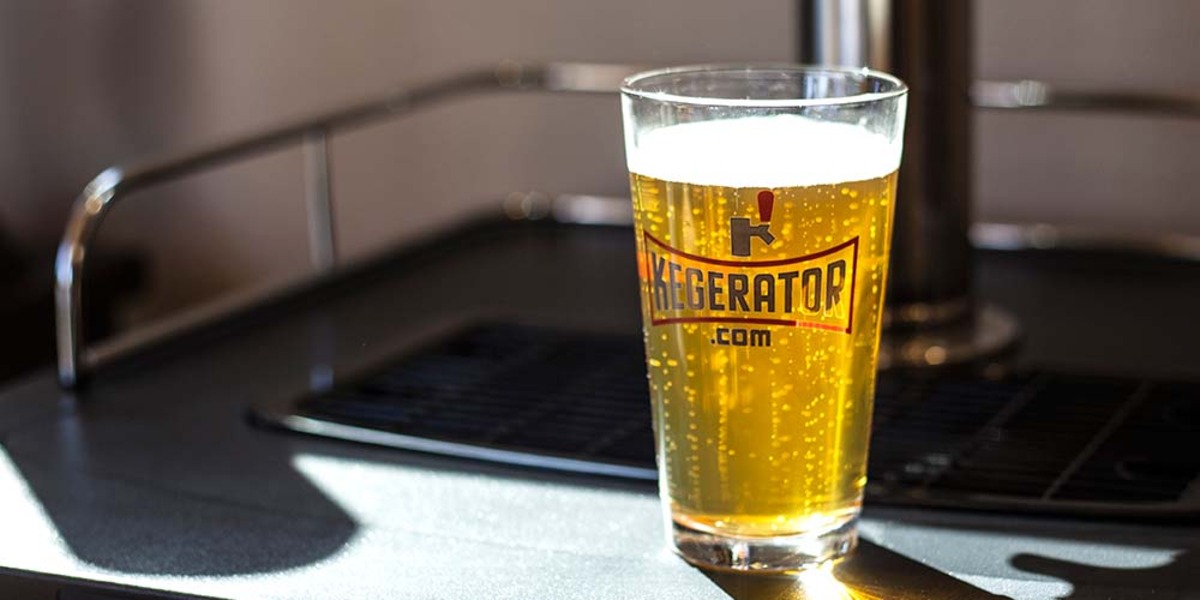

Articles
How Long Can Beer Stay Good In A Kegerator
Modified: February 20, 2024
Learn how long beer can stay good in a kegerator and discover helpful articles for preserving the quality and freshness of your favorite brews.
(Many of the links in this article redirect to a specific reviewed product. Your purchase of these products through affiliate links helps to generate commission for Storables.com, at no extra cost. Learn more)
Introduction
Beer enthusiasts know the pleasure of enjoying a perfectly chilled, fresh pint of beer. But what happens when you have a kegerator at home? How long can the beer stay good in a kegerator? These are common questions for anyone who owns a kegerator or is considering purchasing one. In this article, we will explore the ins and outs of kegerators, the factors that affect beer freshness, and how to optimize the lifespan of your beer in a kegerator.
A kegerator is a specialized refrigeration unit designed to store and dispense kegs of beer. It keeps the beer at a consistent temperature, maintains carbonation, and provides an easy way to pour a beer on tap. It’s a fantastic addition to any home bar or man cave, allowing you to enjoy your favorite brews without the need for individual bottles or cans.
When it comes to beer freshness in a kegerator, several factors come into play. The primary concern is temperature control. Beer is best kept at a specific temperature range to preserve its flavor and quality. When the temperature fluctuates too much, it can affect the taste and aroma of the beer, leading to a less enjoyable drinking experience.
Other factors that can impact beer freshness in a kegerator include exposure to air, cleanliness of the equipment, and the type of beer being stored. The interaction of these elements determines how long your beer can stay fresh and flavorful in a kegerator.
So, how long can beer stay fresh in a kegerator? The answer depends on various factors and can vary from a few weeks to several months. Different types of beer have different shelf lives, with some being more delicate and prone to spoilage than others. Additionally, the conditions inside the kegerator and the care taken in maintenance and cleaning play a significant role in prolonging the freshness of the beer.
In the next sections, we will delve deeper into each of these factors and explore ways to extend the longevity of your beer in a kegerator. By understanding how to optimize beer storage, you can ensure that every pint you pour is a delight to the senses.
Key Takeaways:
- Enjoy fresh beer at home with a kegerator by maintaining optimal temperature, cleanliness, and keg integrity. Rotate beer selection and monitor CO2 levels for extended freshness and quality.
- Identify signs of spoiled beer in a kegerator, such as off-putting aroma and taste, to ensure a delightful drinking experience. Regular cleaning, maintenance, and temperature control are key to preserving beer freshness.
Read more: How Long Will Grass Seed Stay Good
Understanding Kegerators
A kegerator is a specialized refrigeration unit that is designed to store and dispense kegs of beer. It is essentially a combination of a refrigerator and a beer tap, providing the convenience of having your favorite beers on tap at home.
At its core, a kegerator consists of a refrigeration unit, a beer keg, a CO2 tank, and a dispensing system. The refrigeration unit keeps the beer at a consistent temperature, usually between 36 and 40 degrees Fahrenheit (2 to 4 degrees Celsius), which is the optimal range for most beers.
The beer keg is where the beer is stored, and it is typically made of stainless steel or aluminum. The keg has a valve that connects to the dispensing system, allowing the beer to flow out when the tap is open. Kegerators are available in various sizes to accommodate different keg sizes, such as quarter-barrels, half-barrels, and Cornelius kegs.
The CO2 tank is a crucial component of a kegerator. It provides the pressure needed to dispense the beer by pushing it out of the keg. The CO2 tank is connected to the keg via a regulator, which allows you to control the amount of pressure applied to the beer.
The dispensing system, also known as the tap or faucet, is what allows you to pour the beer. It typically consists of a tap handle, a beer line, and a faucet. When you open the tap handle, the pressurized beer flows through the beer line and out of the faucet, ready to be enjoyed.
Kegerators come in different styles, including freestanding units, built-in units, and conversion kits that can transform an existing refrigerator into a kegerator. They also offer additional features like stainless steel construction, digital temperature control, and multiple taps for pouring different beers simultaneously.
Understanding how a kegerator works and the components involved is important for maintaining the quality of the beer. Proper temperature control, regular cleaning and maintenance, and correct CO2 pressure are essential to ensure that the beer stays fresh and flavorful.
Now that we have a basic understanding of kegerators, let’s explore the factors that can affect the freshness of beer stored in a kegerator.
Factors Affecting Beer Freshness
The freshness and quality of beer stored in a kegerator can be influenced by various factors. Understanding these factors is crucial for ensuring that your beer remains fresh and enjoyable for as long as possible. Let’s explore the key factors that affect beer freshness in a kegerator:
- Temperature: One of the most critical factors that impact beer freshness is temperature. Beer is best stored at a controlled temperature range, typically between 36 and 40 degrees Fahrenheit (2 to 4 degrees Celsius). Fluctuations in temperature can lead to unwanted changes in flavor and aroma. It’s essential to maintain a consistent temperature to preserve the beer’s integrity.
- Exposure to Air: Oxygen is the enemy of beer freshness. The longer beer is exposed to air, the more likely it is to become stale and lose its flavor. Kegerators help minimize air exposure by sealing the beer inside a pressurized keg and dispense it with the CO2 system. However, it’s crucial to limit the time the faucet is open and to keep kegs sealed when not in use to prevent unnecessary contact with oxygen.
- Cleanliness: Cleanliness is vital for maintaining beer freshness. Any residue or bacterial buildup in the beer lines, faucets, or other components of the kegerator can affect the flavor and quality of the beer. Regular cleaning and sanitizing of the kegerator components are necessary to prevent off-flavors and potential contamination.
- Type of Beer: Different styles of beer have varying shelf lives. Beers with higher alcohol content and hop bitterness tend to have a longer shelf life, as they have natural preservatives. On the other hand, delicate styles like wheat beers or heavily dry-hopped IPAs may deteriorate more quickly. Understanding the characteristics of the beer you’re storing can help you manage its freshness and consumption timeline.
- Light Exposure: Beer is sensitive to light, especially the ultraviolet (UV) rays present in both natural sunlight and some artificial light sources. Over time, exposure to light can cause the beer to develop a “skunky” aroma and taste. To minimize light exposure, store your kegerator in a dark place or use a kegerator with opaque doors or UV-resistant glass.
By being mindful of these factors, you can significantly prolong the freshness of your beer stored in a kegerator. In the next section, we will discuss the importance of temperature control in maintaining beer quality.
Temperature Control in Kegerators
Temperature control is a crucial aspect of maintaining beer freshness and quality in a kegerator. Keeping the beer at the optimal temperature range ensures that it stays flavorful, carbonated, and enjoyable to consume. Here’s why temperature control is important and how to achieve it:
Preserving Flavor: Beer is a delicate beverage that can be easily affected by temperature fluctuations. When beer is stored at temperatures that are too high, the flavor can become muted or even spoiled. On the other hand, if the beer is too cold, it may lose its aromas and taste. To fully appreciate the flavors and nuances of your favorite beers, it’s essential to store them at the appropriate temperature.
Maintaining Carbonation: Carbonation is a key component of beer enjoyment. It adds a refreshing effervescence and enhances the drinking experience. Incorrect temperature control, particularly temperatures that are too warm, can cause the carbonation levels in the beer to decrease over time. This can result in flat and lackluster beer that lacks the desired crispness and mouthfeel.
Preventing Oxidation: Temperature fluctuations can lead to the expansion and contraction of gases inside the keg. This process can create pressure changes that may cause the beer to come into contact with oxygen, leading to oxidation. Oxidized beer can develop off-flavors and lose its freshness. By maintaining a consistent temperature, you can reduce the risk of oxidation and extend the shelf life of your beer.
To achieve optimal temperature control in your kegerator, follow these tips:
- Set the thermostat: Most kegerators have a built-in thermostat that allows you to set and maintain a desired temperature. Adjust the thermostat to the recommended temperature range for the particular style of beer you’re storing. Refer to the beer manufacturer’s guidelines for the best temperature recommendations.
- Monitor temperature regularly: Invest in a reliable thermometer to keep track of the temperature inside your kegerator. This will help you ensure that your appliance is working correctly and maintaining the desired temperature range.
- Avoid temperature fluctuations: Fluctuations in temperature can have a negative impact on beer quality. Keeping the kegerator in a cool and stable environment, away from direct sunlight and heat sources, will help minimize temperature variations.
- Insulate the kegerator: Adding insulation to the kegerator can help maintain a steady temperature. Consider using insulating blankets or wraps to reduce temperature fluctuations and improve overall energy efficiency.
- Keep kegerator doors closed: Opening and closing the kegerator frequently can cause temperature fluctuations. Minimize unnecessary door openings to maintain a consistent temperature inside the unit.
By paying close attention to temperature control in your kegerator, you can ensure that your beer stays fresh and delicious, ready to be enjoyed straight from the tap. Next, we will delve into how long beer can stay fresh in a kegerator and signs that indicate beer has gone bad.
How Long Can Beer Stay Fresh in a Kegerator?
The shelf life of beer in a kegerator can vary depending on several factors such as the type of beer, temperature control, cleanliness, and the integrity of the keg’s seals. While there is no definitive answer to how long beer can stay fresh in a kegerator, generally, beer can remain fresh and enjoyable for several weeks to several months.
Typically, beers with higher alcohol content and hop bitterness tend to have a longer shelf life. These characteristics act as natural preservatives and help to extend the freshness of the beer. Strong ales, lagers, and certain styles of IPAs can retain their quality for a longer period.
On the other hand, delicate beer styles like wheat beers, light lagers, and heavily dry-hopped IPAs are more prone to deterioration over time. These beers are generally best consumed within a few weeks of tapping. It’s important to be mindful of the beer style and its specific freshness recommendations provided by the brewery or beer manufacturer.
Temperature control plays a crucial role in beer freshness. The kegerator should be set at the recommended temperature for the particular beer style you are storing. As mentioned earlier, most beers are best stored between 36 and 40 degrees Fahrenheit (2 to 4 degrees Celsius). Sticking to this temperature range will help maintain the quality and taste of the beer for a longer duration.
The cleanliness of the kegerator and its components is also important for beer freshness. Regular cleaning and sanitization of the beer lines, faucets, and keg connections help prevent microbial growth and buildup that can spoil the beer. A clean kegerator promotes better beer quality and extends its shelf life.
Another factor to consider is the integrity of the keg’s seals. A properly sealed keg prevents oxygen from entering and affecting the beer’s freshness. If the keg’s seals are compromised or damaged, it can lead to oxidation and spoilage of the beer. Regularly inspect and maintain the keg’s seals to ensure maximum freshness.
It’s important to note that once the beer is tapped and exposed to air, its freshness timeline shortens. Beer is best consumed within a few months of tapping, and the flavor and carbonation will gradually diminish over time.
In summary, the freshness of beer in a kegerator can typically range from several weeks to several months, depending on various factors. Proper temperature control, cleanliness, and consideration of the beer style are crucial for maximizing beer freshness and enjoyment.
In the following section, we will discuss the signs that indicate beer has gone bad in a kegerator.
To keep beer fresh in a kegerator, it’s best to consume it within 30-45 days. After this time, the quality and taste may start to deteriorate. Keep the kegerator temperature between 38-40°F to prolong the beer’s freshness.
Read more: How Long Is A Keg Good In A Kegerator
Signs of Beer Gone Bad in a Kegerator
While kegerators are designed to maintain beer freshness, there are instances where beer can go bad. It’s important to be able to identify the signs of beer that has deteriorated to prevent consuming spoiled or unpleasant-tasting beer. Here are some common indicators that beer has gone bad in a kegerator:
- Unpleasant Aroma: One of the first things to note is the beer’s aroma. If the beer emits a foul or off-putting smell, it is likely an indication that the beer has gone bad. The presence of a sulfurous or rotten odor is a clear sign of spoilage.
- Strange Taste: When you take a sip of beer from your kegerator and notice an unusual or unpleasant taste, it’s a clear sign that the beer has deteriorated. The flavors may be flat, metallic, or overly sour. These off-flavors indicate that the beer is no longer fresh.
- Cloudy Appearance: While certain beer styles may inherently have a cloudy appearance, excessive haziness or a significant change in clarity can be a sign of beer spoilage. If your beer appears murky or has visible sediment, it may be an indication that bacteria or yeast has contaminated the beer.
- Flat Carbonation: Beer relies on carbonation to provide a refreshing and effervescent mouthfeel. If your beer lacks the characteristic bubbles or has significantly reduced carbonation, it may mean that the beer has gone flat or the CO2 levels have depleted. Flat beer can indicate spoilage or improper dispensing.
- Mold or Bacterial Growth: If you notice any mold or excessive bacterial growth around the kegerator’s components, such as the faucets, beer lines, or keg seals, it’s a definite sign of beer contamination. Mold or bacterial growth can negatively impact the flavor, quality, and safety of the beer.
- Expired or Past-Due Date: Keep track of the expiration dates or recommended consumption dates provided by the brewery or beer manufacturer. If the beer has exceeded its recommended shelf life, it’s more likely to have gone bad and lost its freshness.
If you observe any of these signs, it’s best to err on the side of caution and avoid consuming the beer. Drinking spoiled beer can lead to an unpleasant taste experience, and in some cases, it may pose health risks if contaminated by harmful bacteria or mold.
To mitigate the risk of beer going bad in your kegerator, ensure proper temperature control, clean and sanitize the kegerator regularly, check the integrity of keg seals, and consume beer within the recommended timeframe based on its style and freshness guidelines. These practices will help maintain the quality and freshness of the beer, ensuring a delightful drinking experience.
In the next section, we will provide helpful tips to extend the freshness of beer stored in a kegerator.
Tips for Extending Beer Freshness in a Kegerator
To ensure that your beer stays fresh and enjoyable for as long as possible in your kegerator, it’s essential to implement proper practices and maintenance. Here are some helpful tips for extending the freshness of beer stored in a kegerator:
- Maintain the Optimal Temperature: As mentioned earlier, temperature control is crucial for maintaining beer freshness. Set your kegerator to the recommended temperature range for the specific beer style you’re storing. Keeping the beer consistently chilled between 36 and 40 degrees Fahrenheit (2 to 4 degrees Celsius) will help preserve its flavors and carbonation.
- Practice Regular Cleaning and Sanitization: Cleanliness is vital to prevent microbial growth and maintain beer quality. Clean and sanitize the beer lines, faucets, and keg connections at regular intervals. Use a brewery-approved cleaning solution and follow the manufacturer’s instructions for proper cleaning procedures.
- Check Keg Seals for Integrity: Inspect the seals of your keg to ensure they are intact and not damaged. Damaged or compromised seals can allow oxygen to enter the keg, which will lead to oxidation and spoilage of the beer. Replace any faulty seals promptly to maintain freshness.
- Minimize Air Exposure: Limit the time that the faucet is open to minimize contact between the beer and oxygen. Ensure that the keg is properly sealed when not in use. Additionally, consider using a keg blanket or cover to protect the keg from light exposure and further minimize air exposure.
- Rotate Beer Selection: If you have multiple kegs in your kegerator, consider rotating your beer selection regularly. This helps ensure that each keg is consumed within its recommended freshness timeline. Prioritize the consumption of delicate beer styles or those with shorter shelf lives to prevent them from going bad.
- Keep the Kegerator Clean and Organized: Regularly clean and organize the interior of the kegerator. Remove any spills or debris promptly to prevent bacterial growth or off-flavors. Arrange kegs and components in a way that allows for proper airflow and circulation.
- Monitor CO2 Pressure: Check and adjust the CO2 pressure regularly to ensure proper carbonation and dispense. Low carbonation levels can lead to flat-tasting beer, while excessive pressure can cause overcarbonation. Refer to the beer manufacturer’s guidelines and make necessary adjustments to maintain optimal carbonation.
- Consume Beer Within Recommended Timeframe: While beer can stay fresh for several weeks to months in a kegerator, it’s best to consume the beer within its recommended freshness timeframe. This ensures that you enjoy the beer at its peak flavor and quality.
By following these tips, you can significantly prolong the freshness and enjoyment of beer stored in your kegerator. Remember to prioritize temperature control, cleanliness, and minimizing air exposure to maintain beer quality. With proper care and attention, you can indulge in the delight of a fresh, perfectly poured pint of beer, right at home.
In the following section, we will discuss the importance of cleaning and maintenance of kegerators to ensure optimal beer freshness.
Cleaning and Maintenance of Kegerators
Proper cleaning and maintenance of your kegerator are crucial for ensuring optimal beer freshness and a long-lasting, reliable appliance. Regular cleaning and maintenance not only enhance the flavor and quality of your beer but also help extend the lifespan of your kegerator. Here are some essential steps to keep your kegerator in top shape:
- Clean Beer Lines and Faucets: The beer lines and faucets are common areas where bacteria and yeast can accumulate, leading to off-flavors and contamination. Clean these components regularly by flushing them with a cleaning solution recommended by the kegerator manufacturer. Follow the instructions provided to ensure safe and effective cleaning.
- Sanitize Keg Connections: Before connecting a new keg, it’s essential to sanitize the keg connections to eliminate any potential contaminants. Use a food-safe sanitizer and follow the manufacturer’s instructions for proper usage. This step helps maintain the integrity of the beer and prevents the growth of undesirable microorganisms.
- Inspect and Replace Seals: Regularly inspect the seals on your kegs and kegerator to ensure they are in good condition. Damaged or worn-out seals can lead to air leakage and spoilage of the beer. Replace any faulty seals promptly to maintain a tight seal and prevent oxidation.
- Clean the Interior: Wipe down the interior of the kegerator regularly to remove any spills or residues. Use a mild detergent and warm water solution to clean the surfaces. Avoid using abrasive cleansers or harsh chemicals that may damage the kegerator’s interior.
- Organize the Kegerator: Keep the kegerator well-organized and free from clutter. Arrange kegs and components in a way that allows for proper airflow and circulation. This helps maintain consistent temperature distribution and prevents the growth of mold or bacteria in hard-to-reach areas.
- Check CO2 Levels: Monitor the CO2 levels in your kegerator and adjust the pressure as needed. Low CO2 pressure can result in undercarbonated beer, while excessive pressure can lead to overcarbonation and foaming. Follow the specific guidelines provided by the beer manufacturer to achieve the optimal carbonation level.
- Inspect and Clean Drip Tray: Remove and clean the drip tray regularly to prevent the buildup of dirt, grime, and beer residue. Scrub the tray with warm, soapy water, and rinse thoroughly. A clean drip tray not only promotes hygiene but also enhances the overall appearance of your kegerator.
- Perform Regular Maintenance: Consult the manufacturer’s guidelines for any specific maintenance tasks recommended for your kegerator model. This may include tasks such as lubricating moving parts, checking and tightening connections, and inspecting the cooling system. Following the manufacturer’s instructions helps keep your kegerator operating efficiently and maximizes its lifespan.
- Document Cleaning and Maintenance: Keep a record of your cleaning and maintenance activities. Note the dates of cleaning, any parts that were replaced, and any issues or concerns you encountered. This documentation can be helpful for future reference and helps ensure that you stay on top of your kegerator’s maintenance needs.
By incorporating these cleaning and maintenance practices into your routine, you can enjoy fresh and high-quality beer from your kegerator for years to come. Remember to follow the manufacturer’s guidelines, use appropriate cleaning products, and pay attention to any specific maintenance requirements for your specific kegerator model.
Now that you’re equipped with knowledge about kegerator cleaning and maintenance, let’s conclude our article with a brief summary.
Conclusion
Having a kegerator at home allows you to enjoy the luxury of having fresh, great-tasting beer on tap whenever you desire. To ensure the longevity and freshness of your beer in a kegerator, it’s important to understand the factors that affect beer freshness and implement proper practices.
Temperature control is crucial for maintaining beer quality, as fluctuations can impact flavor and carbonation levels. Keep your kegerator set at the recommended temperature range for the style of beer you’re storing. Additionally, minimizing air exposure, regular cleaning, and ensuring the integrity of keg seals are essential to preserving beer freshness.
While beer can stay fresh for several weeks to several months in a kegerator, it’s important to be able to identify signs of beer that has gone bad. Unpleasant odor, strange taste, cloudiness, flat carbonation, mold, or bacterial growth are indications that the beer has deteriorated and should not be consumed.
By following recommended cleaning and maintenance practices, you can extend the freshness of your beer and the life of your kegerator. Regularly clean beer lines and faucets, sanitize keg connections, inspect and replace seals, and keep the interior organized and free from debris. Checking CO2 levels and performing general maintenance tasks as outlined by the manufacturer will help ensure optimal performance and beer quality.
Remember to consult beer manufacturer guidelines for specific freshness recommendations for each beer style. Rotate your beer selection to ensure all kegs are consumed within their recommended freshness timelines. Document your cleaning and maintenance activities to keep track of your kegerator’s upkeep.
With proper care and attention, your kegerator can be a reliable and enjoyable addition to your home, providing you with fresh, high-quality beer on tap. Cheers to maximizing the freshness and enjoyment of your beer in your kegerator!
Frequently Asked Questions about How Long Can Beer Stay Good In A Kegerator
Was this page helpful?
At Storables.com, we guarantee accurate and reliable information. Our content, validated by Expert Board Contributors, is crafted following stringent Editorial Policies. We're committed to providing you with well-researched, expert-backed insights for all your informational needs.
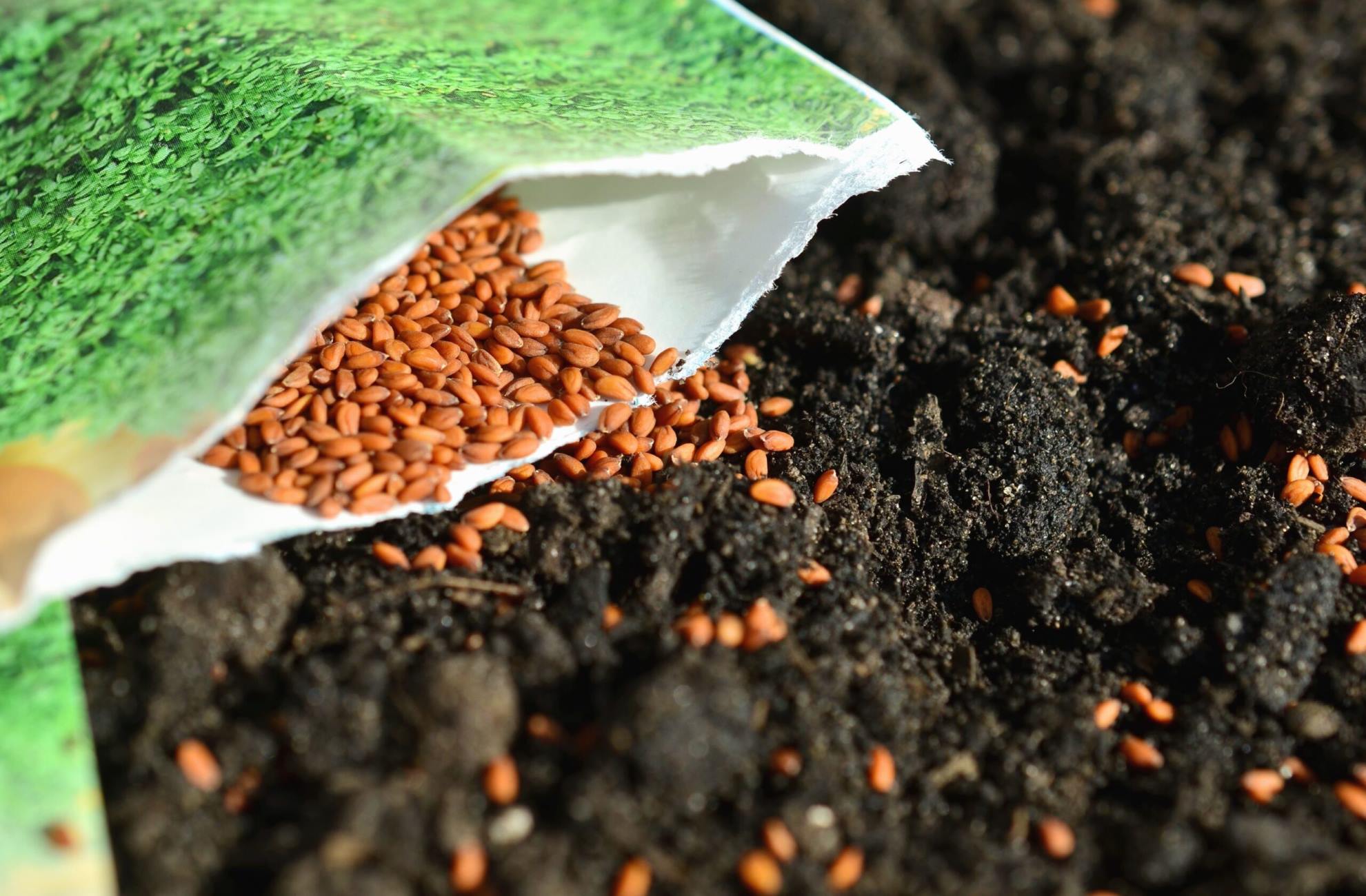
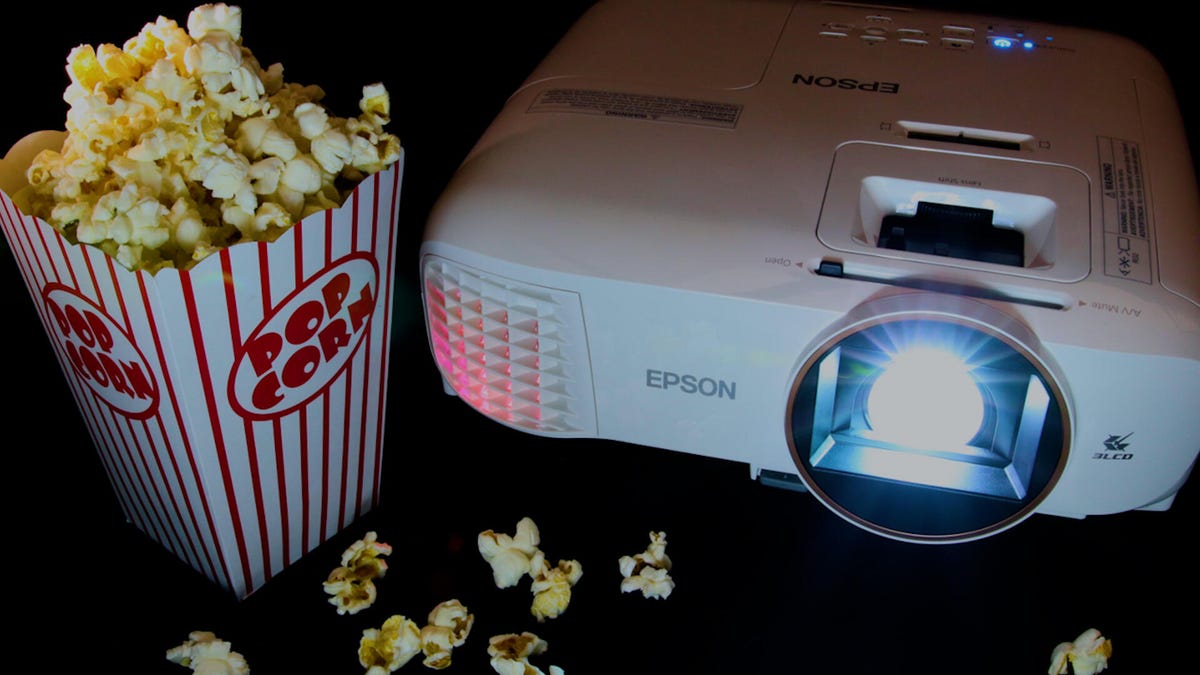
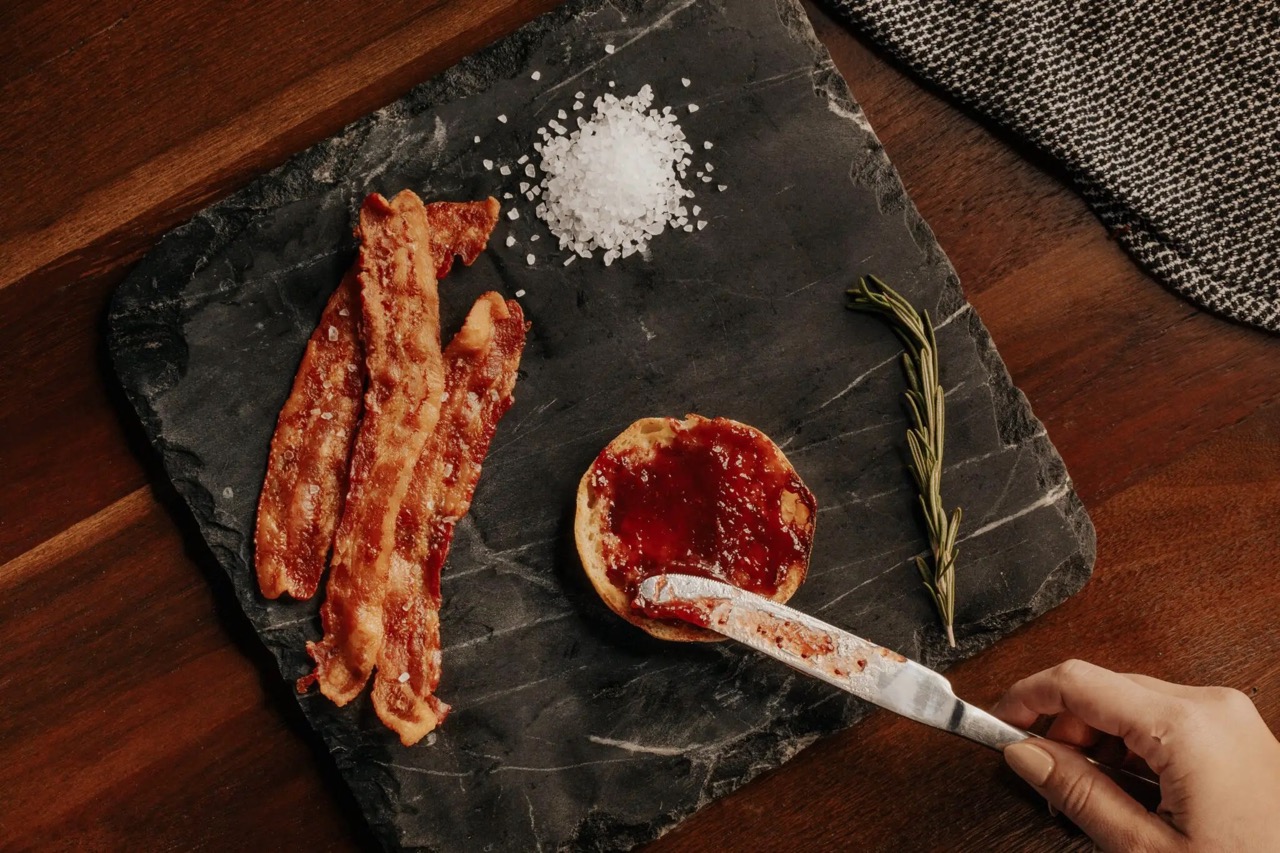

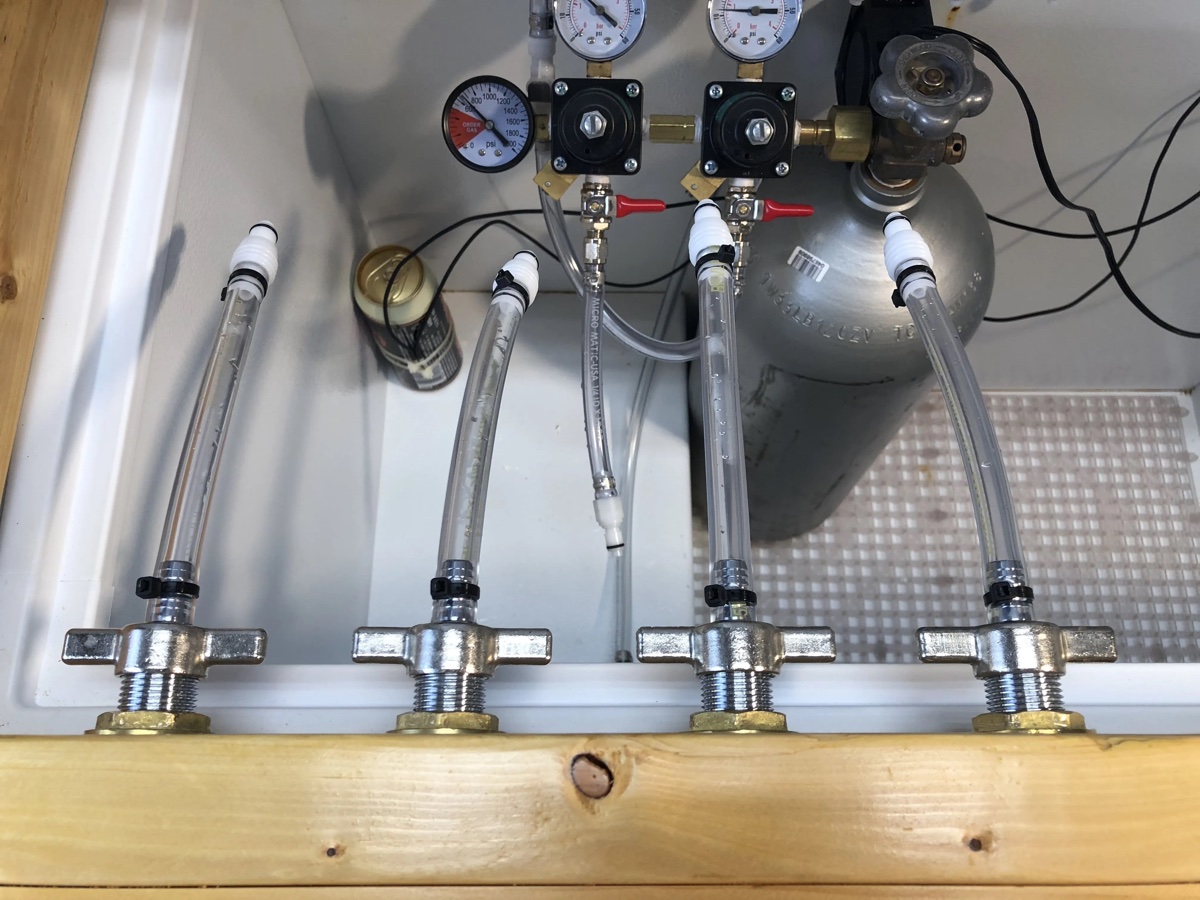
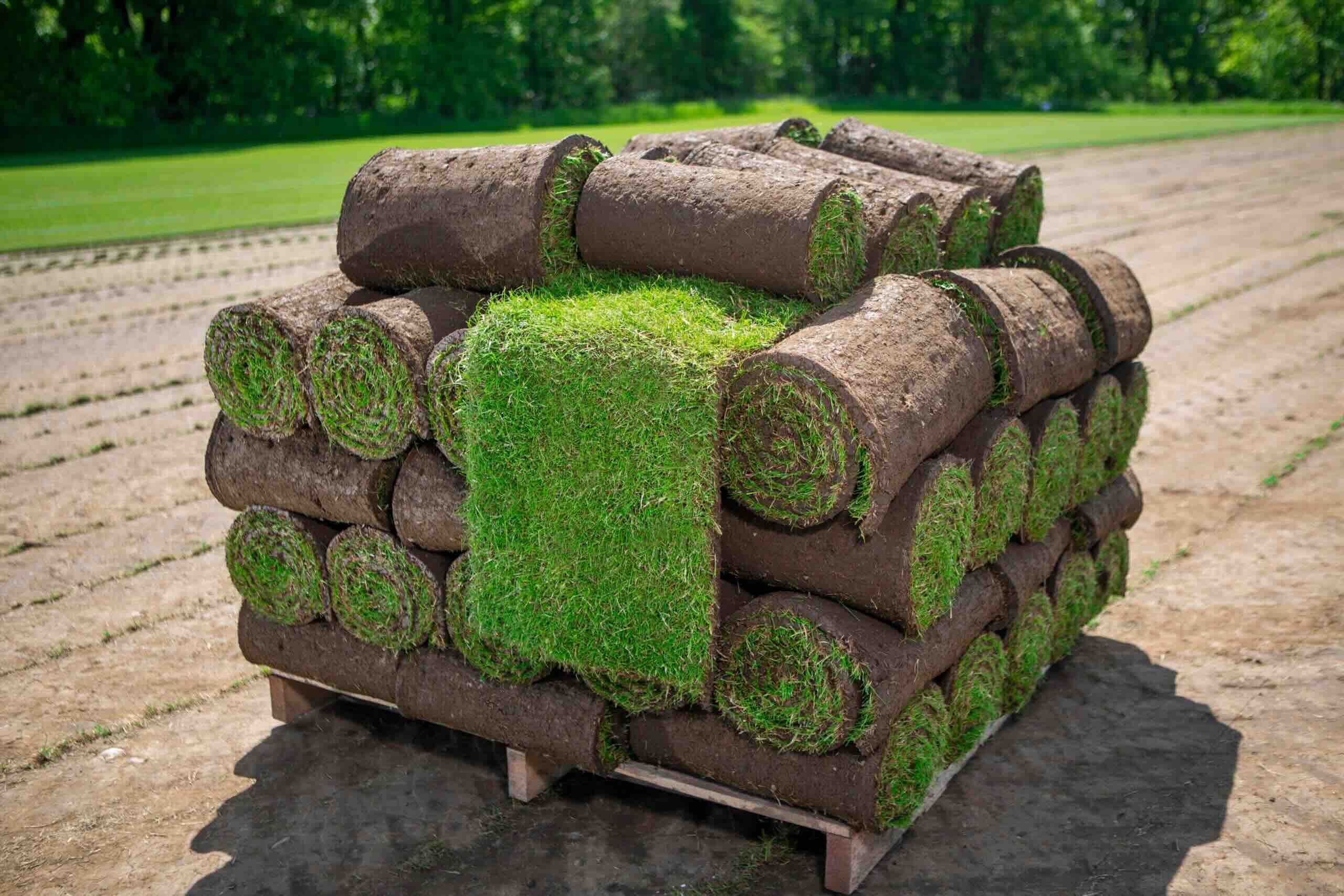


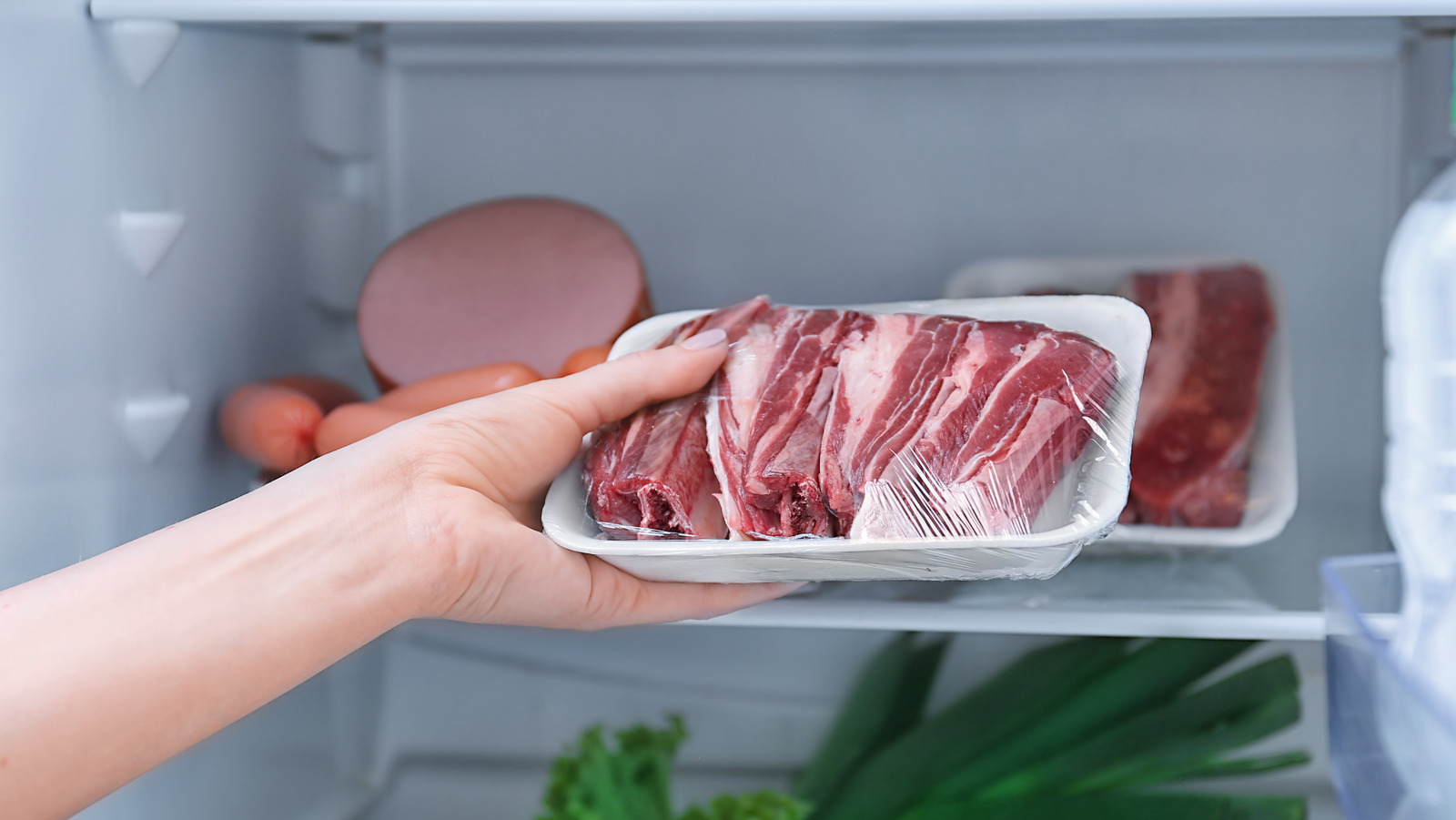
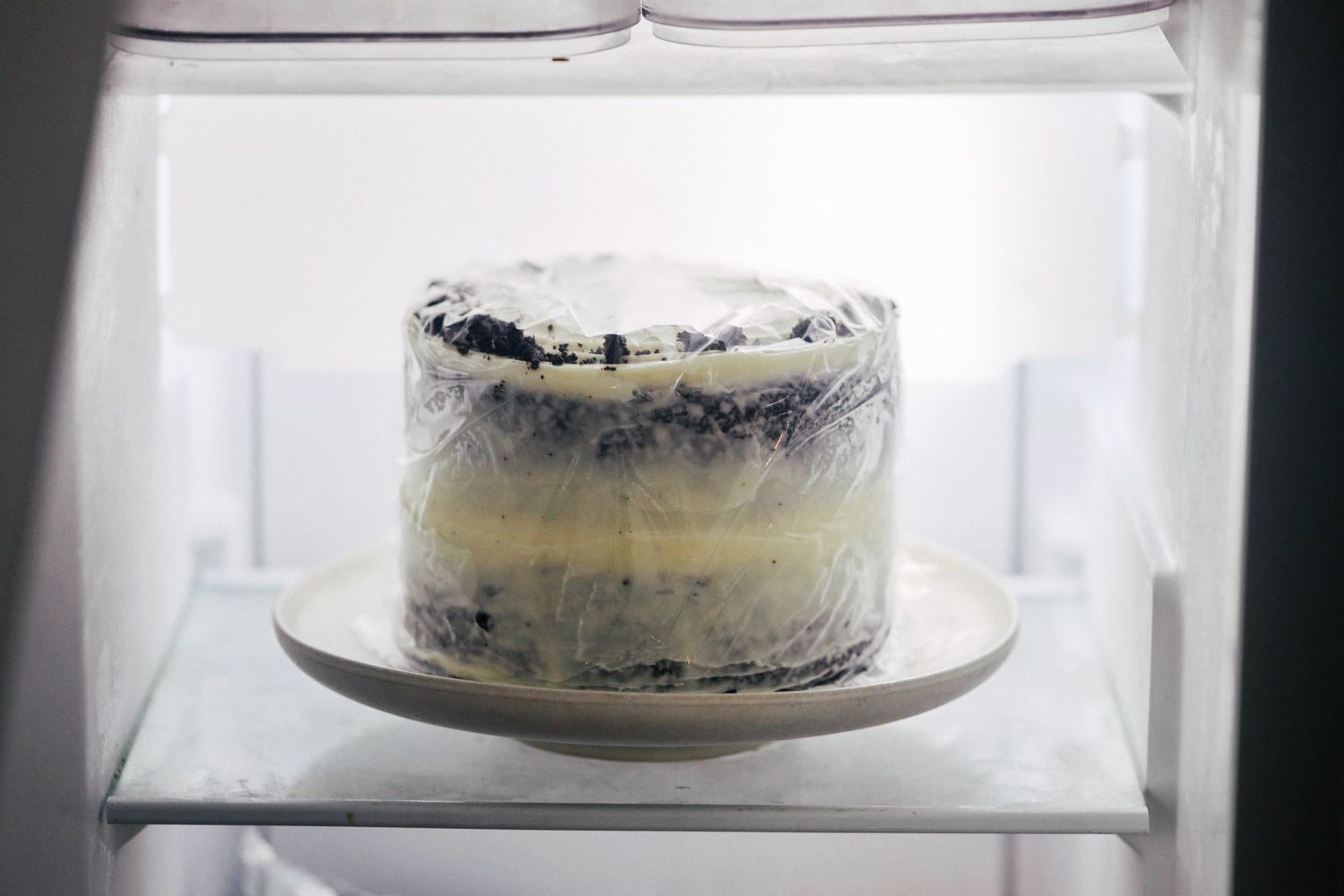

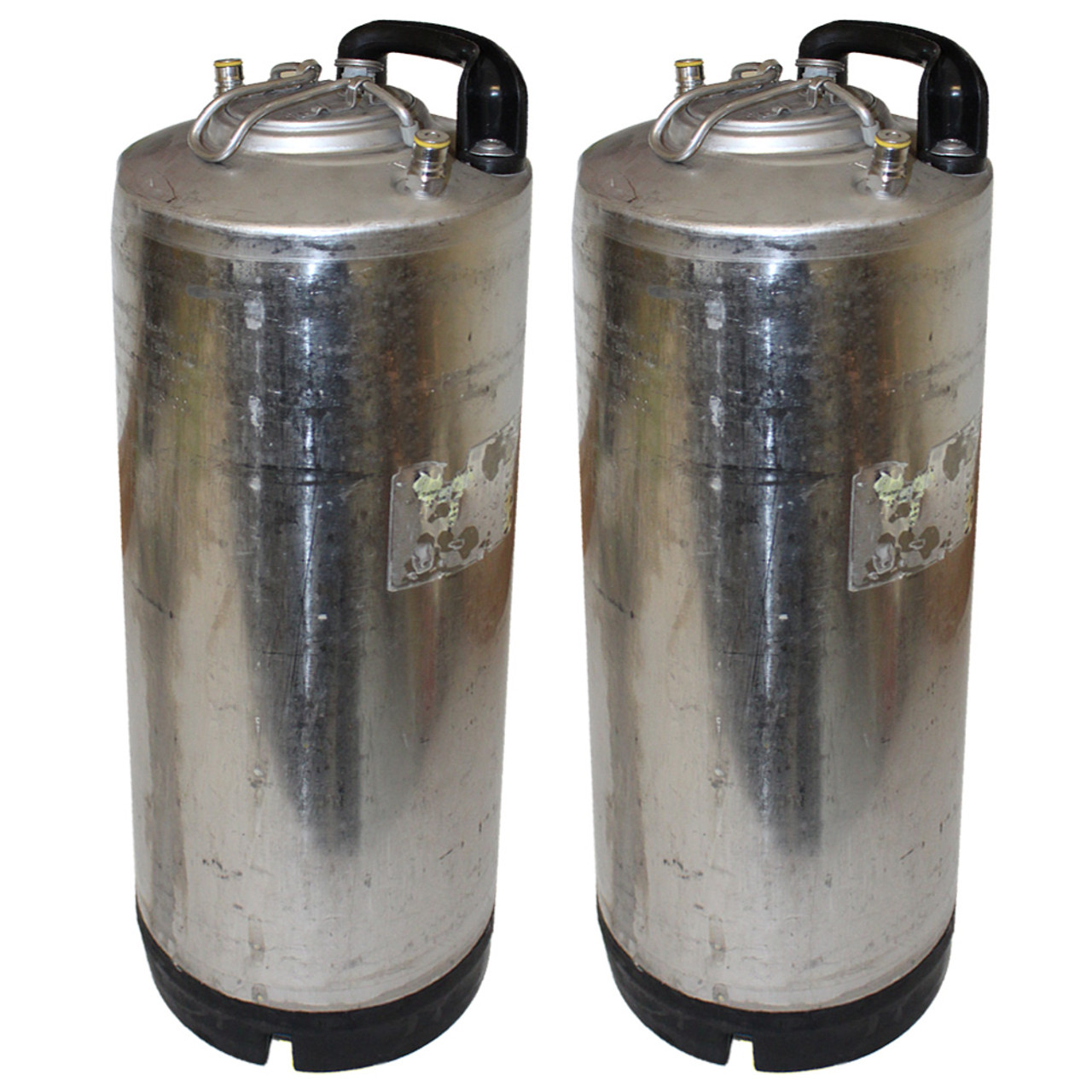
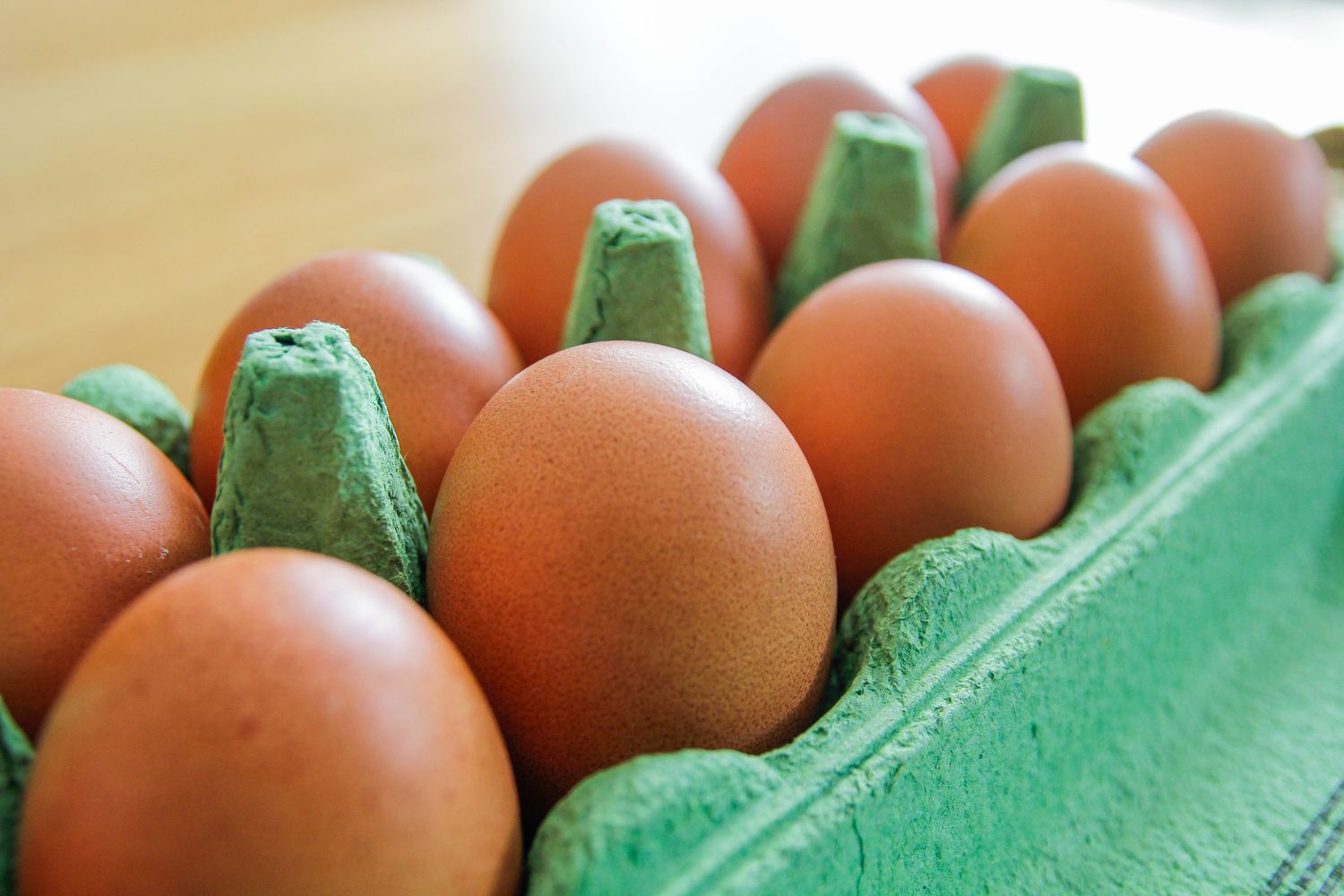
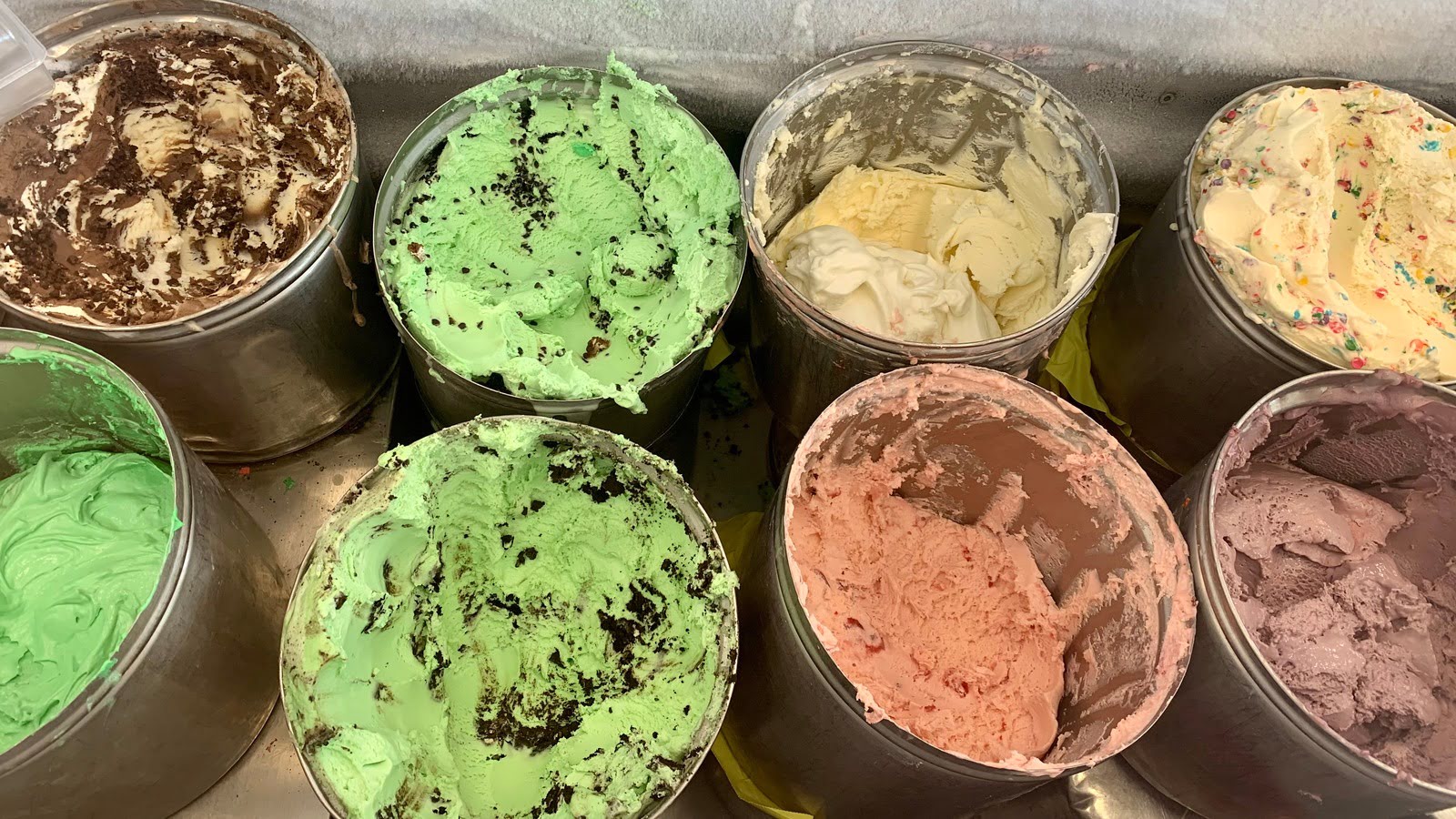

0 thoughts on “How Long Can Beer Stay Good In A Kegerator”